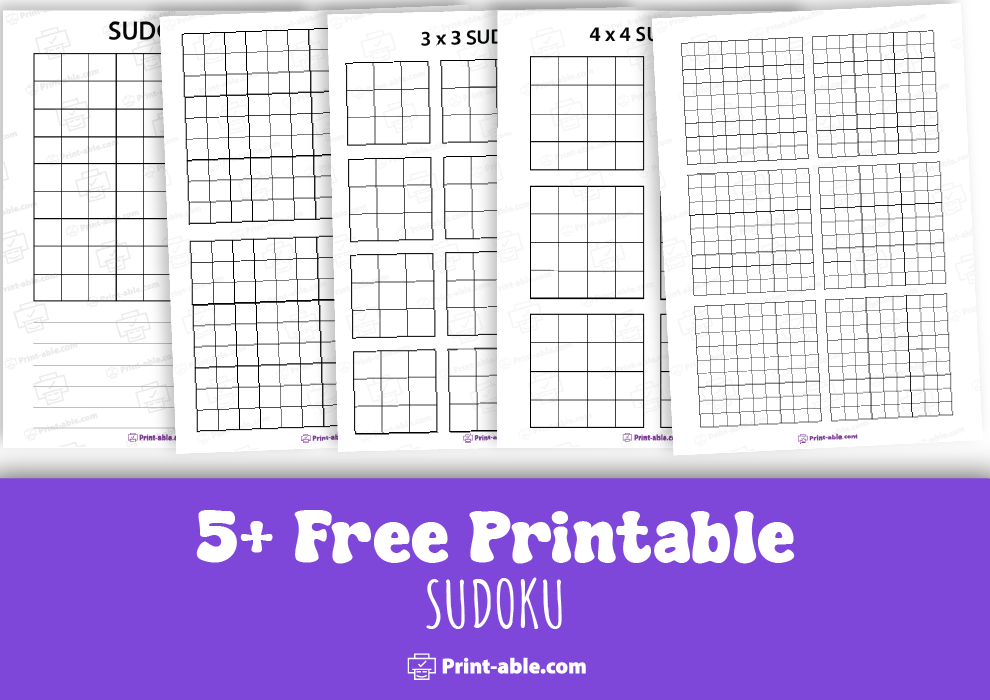Sudoku is a puzzle that has captured the interest of enthusiasts all around the world. These puzzles offer fun and an engaging challenge, but sometimes the pre-filled numbers can be limiting. Blank Sudoku printables give you the freedom to craft and solve Sudoku puzzles of varying difficulty at your own pace.
Exploring these blank grids enhances your creativity, allowing you to experiment with different number placements. They make an excellent tool for both beginners looking to learn and experts aiming to test their puzzle creation skills.
Whether you want to take a break and engage in a mental exercise or share your personal creations with friends, you’ll find these printables to be both versatile and enjoyable. They’re easy to access, print, and share to elevate your Sudoku experience.
Blank Sudoku Printable Free Download
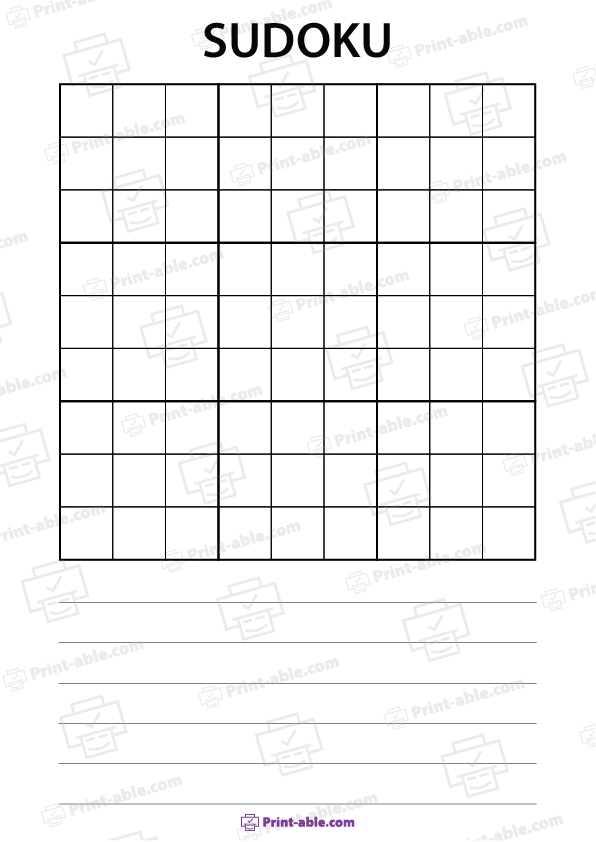
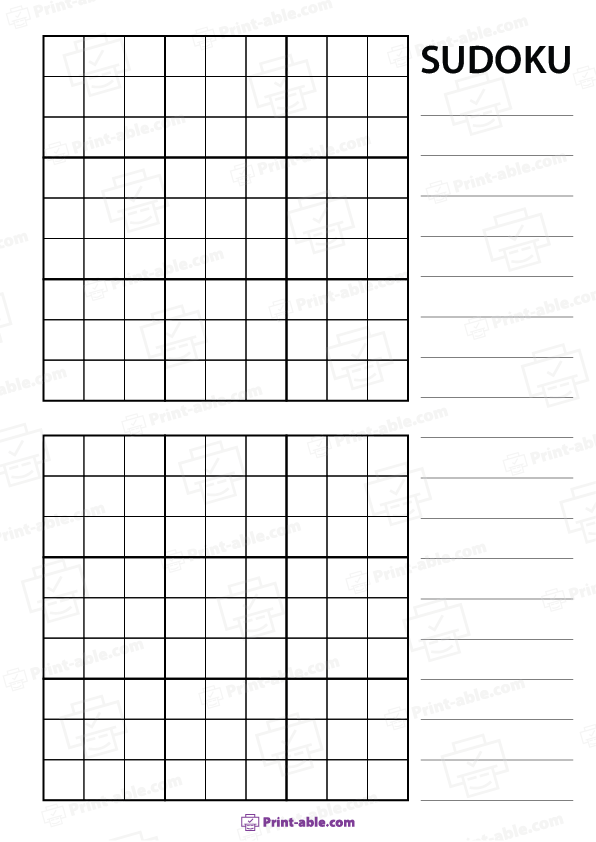
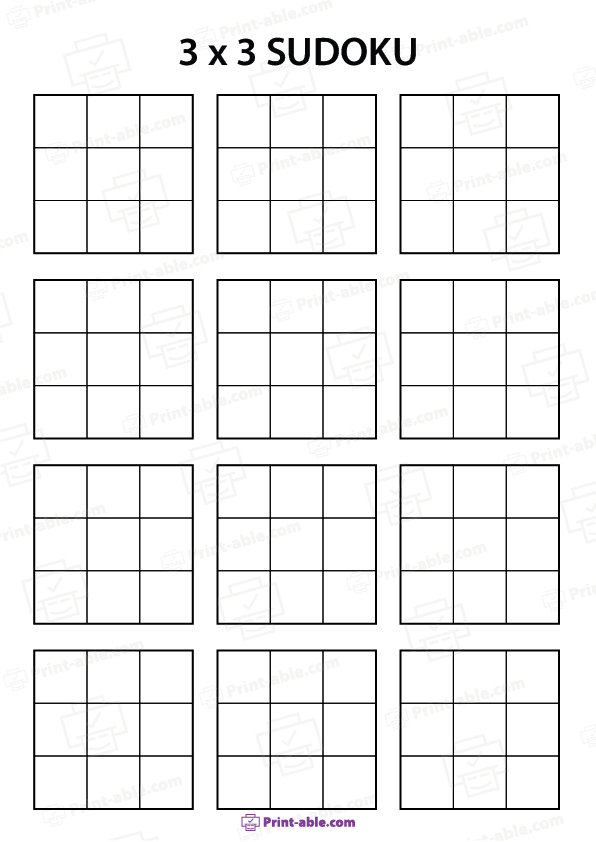
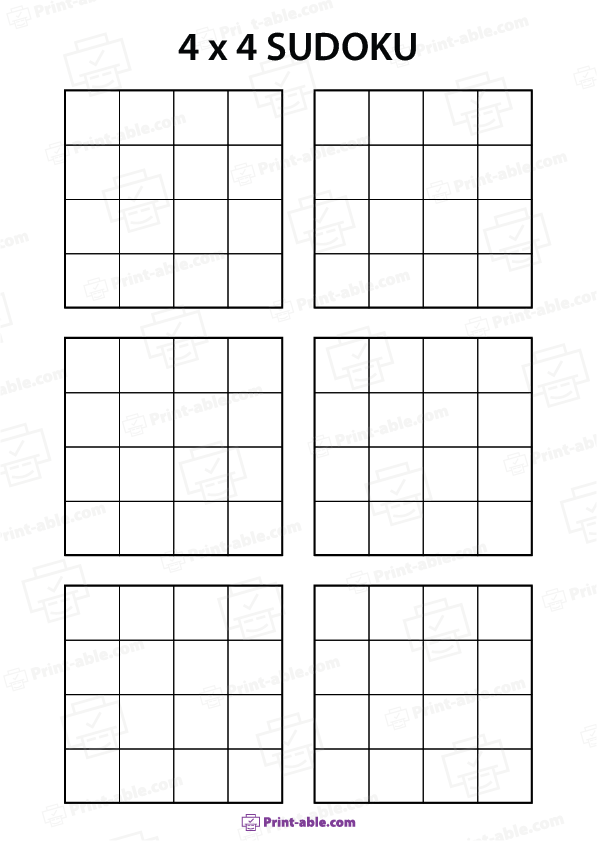
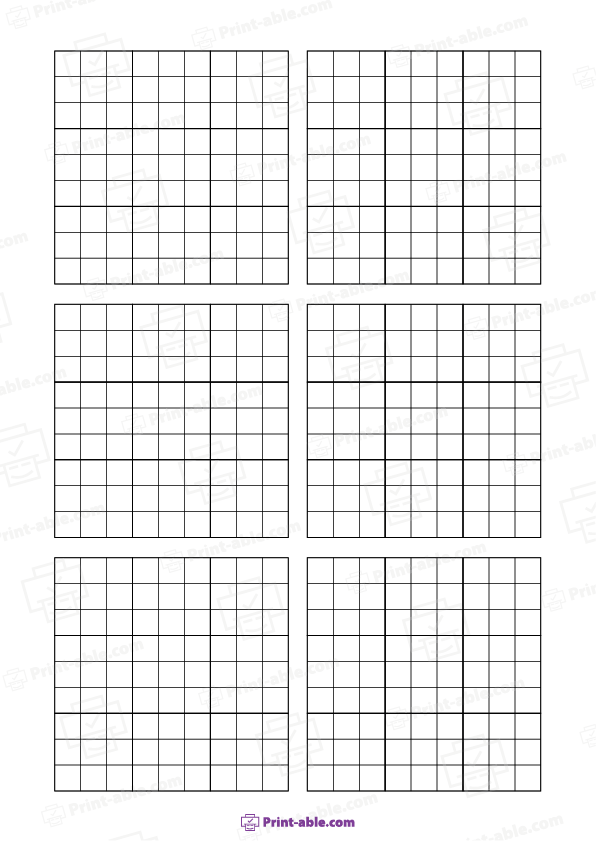
Blank Sudoku Printables
Blank Sudoku printables offer you a versatile tool for enhancing cognitive skills, with options to customize puzzles according to your preferences. This guide covers their benefits, how to prepare your puzzle, and the various sizes available.
Benefits of Sudoku
Sudoku puzzles are excellent for sharpening your logical thinking. Each puzzle demands strategic placement of numbers, which improves your ability to analyze and solve problems efficiently. Engaging with such puzzles regularly can enhance your focus and concentration, making it easier to handle complex tasks.
Additionally, completing Sudoku puzzles provides a sense of accomplishment. This boosts confidence and creates a positive feedback loop for tackling other challenges. The relaxation and stress relief associated with solving puzzles contribute to their popularity as a leisure activity.
Preparing Your Puzzle
When preparing to engage with blank Sudoku printables, ensure you have a clear understanding of the rules: fill a 9×9 grid with numbers so that each row, column, and 3×3 box contains the digits 1 to 9 without repetition. This foundational knowledge helps you approach each puzzle confidently.
Customize the difficulty level by starting with simpler puzzles if you’re a newbie. This can also involve adjusting the number of pre-filled squares to suit your comfort level. For a consistent experience, print multiple puzzles to practice regularly and track your progress over time.
Different Sudoku Sizes
Sudoku puzzles come in various sizes, offering different levels of complexity and challenge. While the classic 9×9 grid is most common, other options include 4×4, 6×6, and 12×12 grids. These variations cater to all ages and skill levels, providing a suitable starting point for both beginners and seasoned players.
The smaller grids, such as 4×4, are great for children or those new to Sudoku. More experienced enthusiasts might prefer larger grids, like 12×12, which add layers of complexity. This diversity in sizes ensures you always have a puzzle that aligns with your skills and interests.
Designing Your Sudoku Puzzle
Creating a Sudoku puzzle involves understanding the grid structure and considering symmetry. Both elements contribute to the challenge and aesthetic appeal of the puzzle.
Grid Structure
A standard Sudoku puzzle features a 9×9 grid divided into nine 3×3 sub-grids. Each row, column, and sub-grid contains numbers from 1 to 9 without repetition. Begin by sketching this structure, ensuring clear lines to separate each section.
A well-defined grid helps maintain order as you add numbers. You may start with a partially filled grid, leaving enough blank spaces to challenge players while ensuring a unique solution. Utilize software tools or online resources for assistance if needed, as they can help confirm the validity of your grid design.
Symmetry in Design
Symmetry adds visual balance to your Sudoku puzzle. It involves positioning the given numbers so they mirror across a line or point. Common types include rotational and reflective symmetry.
To achieve symmetry, carefully place numbers, ensuring that removing any doesn’t disrupt the unique solution. Symmetrical designs are not only pleasing to the eye but also enhance the challenge by creating patterns that the solver needs to decode. Keep symmetry in mind while maintaining the puzzle’s difficulty level suitable for your audience.
